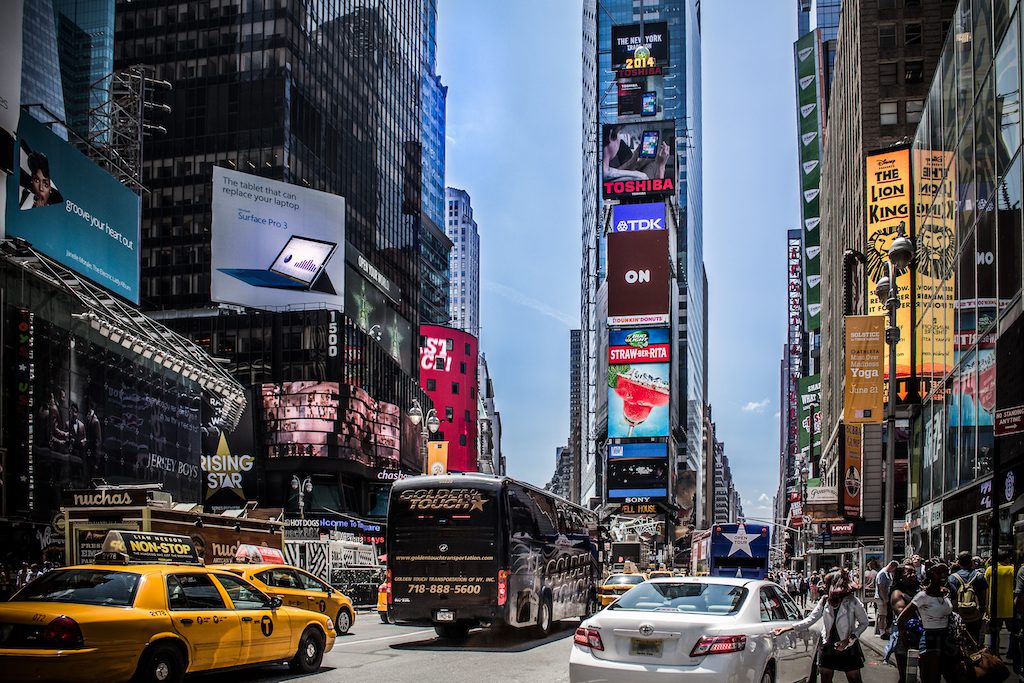Tourism Is Up: So Why Is New York City's Hotel Room Revenue Slumping?

Skift Take
With so many hotel rooms in the pipeline, a turnaround of slower revenue-per-room growth in New York City is not expected until after 2020. It's a classic supply-and-demand problem, making it a delicate balance to get pricing power back in a city where tourism remains hot.
Operating a hotel in New York City has never been more expensive, thanks to higher labor costs, ballooning property taxes, and hotels’ growing reliance on online travel agencies to boost occupancy.
Cloudy revenue-per-available-room (RevPAR) forecasts, in the face of what promises to be an economic recession in the U.S., also have hotel operators and developers wary of when the city’s hospitality market will rebound from what has been a turbulent year for the industry.
New York City may have bucked recent RevPAR trends in 2018, outpacing the overall U.S. hotel market in the important industry metric (3.5 percent growth compared to 2.9 percent for the U.S.) but this year has been more of the status quo.
New York City room revenues through the first half of 2019 fell 3.8 percent and is projected to finish down around 2.1 percent for the year, the worst output by the hotel sector since 2015, according to recent data provided by industry research firm STR. RevPAR for all U.S. hotels is expected to grow 1.6 percent over the same period.
Analysts chalk up disappointing New York City RevPAR predictions to a classic supply-and-demand problem, which was not prevalent in 2018. In other words, far more hotel rooms are opening across the city than are being filled.
“We’ve seen for a while that supply growth has been healthy, but the lack of demand we’re seeing this year will hurt occupancy and then RevPAR,” said Jan Freitag, senior vice president at STR.
Slowed demand from travelers can be credited to the U.S.’ ongoing trade war with China and anti-immigration rhetoric from the White House, he added. An average daily rate of $237 so far in 2019, compared to nationwide averages in the $80 to $90 range, could also be pricing some travelers out, forcing them to find alternative accommodations.
These trends come as New York City is set to draw a record 67 m
